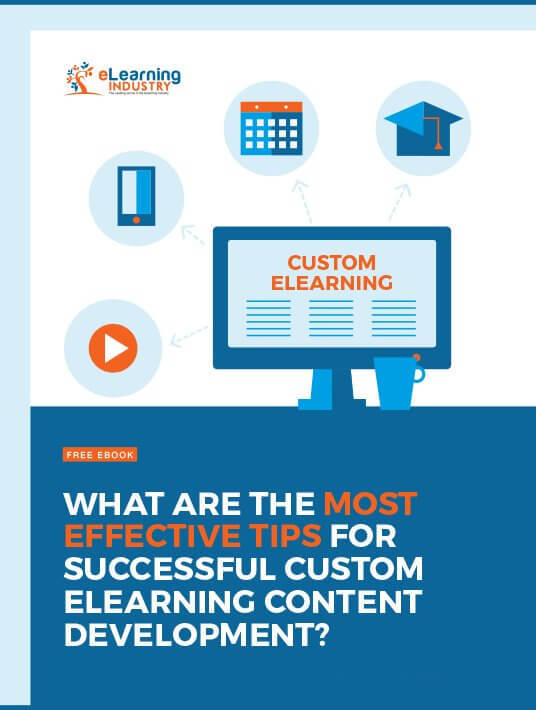1. Develop Measurable Learning Objectives
Time and careful analysis is critical here. Learning objectives cannot be an afterthought. They cannot be a mere topical list. In my experience, actions such as explain and describe are overused; their vague nature tends to result in superfluous content and a bloated course resulting in cognitive overload and ultimately, an ineffective course. In corporate learning, the goal is the improvement of job performance. Use Benjamin Bloom’s taxonomy to analyze what you want learners to do, not merely as a glorified thesaurus to generate action words. Continuously review by asking, “How is this objective going to result in an improvement in job performance?” Per Robert Mager’s performance-based learning objectives, attach specific conditions and measurable criteria to your objectives. The more refinement in this stage, the greater probability your content will be effective. As the idiom goes, “Measure twice.”
2. Structure Learning Objectives
Develop terminal and enabling objectives. Begin with terminal objectives, these are usually at the task level. For example, “Gain customer interest” may be the root of a terminal objective in the sales world. Note that conditions and criteria would still need to be included here. Under a terminal objective ask, “What does the learner need to know or be able to do to accomplish this objective?” In the sales example, it may be necessary for the salesperson to know the customers' values in order to gain his or her interest. Analyze deeper. Develop an enabling objective under an enabling objective. To know what the customer wants, the salesperson might ask effective questions. Do you see a theme emerging? Stringent analysis of learning objectives is a necessary condition for maximizing the effectiveness of eLearning content. In my experience, sequence, structure, and other design elements fall into place after a hierarchy of measurable learning objectives has been achieved.
3. Determine eLearning Or Other Methods
Time, money, and headaches are saved greatly in this area. Prioritize your content. Take time to measure learning objectives on the dimensions of criticality, difficulty, and frequency performed; a quantified picture of weighted objectives is the result of your efforts. I pleasantly recall numerous occasions when I used this quantified picture to easily categorize content as: awareness communication worthy, job aid worthy, demonstration video worthy, simulation worthy, drill-and-practice worthy, coaching worthy, etc. If done correctly, effectively matching objectives with methods can turn you into a hero.
4. Chunk And Scaffold
Remember that bit about the dangers of cognitive overload as it relates to vague learning objectives? Well, cognitive psychology and adult learning theory are the primary drivers here. Cognitive psychology tells us that long-term memory is achieved more effectively when new learning assimilates with existing mental schemas. Build your learners’ knowledge as a scaffold. Begin with basic content and connect that to widely accessible experiences. Continue to build more advanced content onto existing content. Do this in small chunks over a larger time span per the tenets of distributed learning. By scaffolding, chunking, and distributing, you follow a template carved by research-based best practice.


